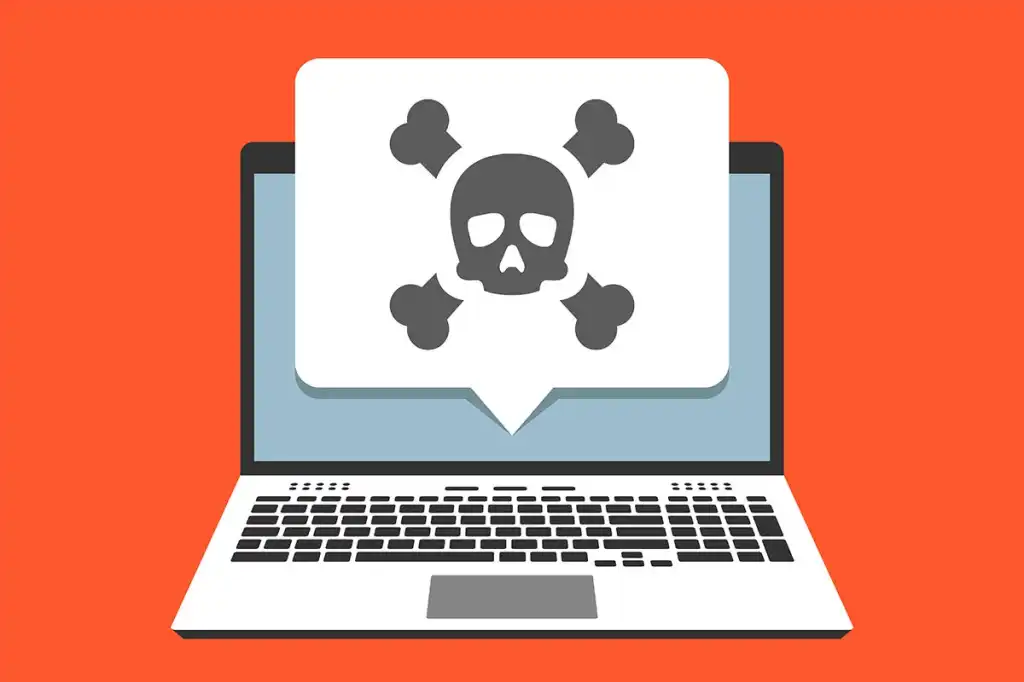In the digital age, where our lives are increasingly intertwined with technology, understanding the various threats to our online security is crucial. Among these threats, adware is a significant concern, often overlooked but capable of causing considerable disruption. This article delves into what adware is, how it operates, its impacts on users, and how to effectively prevent and remove it.
What is Adware?
Adware, short for “advertising-supported software,” is a type of software designed to automatically display or download advertisements onto a user’s computer or mobile device. Unlike malicious software designed to steal personal information or cause damage, adware primarily aims to generate revenue for its creators through ad placements.
Typically, adware is bundled with other software and installed without explicit user consent. It often arrives disguised as a legitimate program, making it difficult for users to detect its true nature. Once installed, adware can significantly alter the user’s browsing experience by displaying intrusive ads, redirecting web searches, and tracking online activities to deliver targeted advertisements.
How Adware Operates
Adware operates through several key mechanisms:
- Bundling: Adware is frequently bundled with free software downloads. Users may unknowingly agree to install adware by accepting default settings during the installation of seemingly harmless programs.
- Tracking and Data Collection: Adware often collects data on users’ browsing habits, search queries, and online behavior. This data is used to tailor advertisements to the user’s interests, making them more likely to click on ads and generate revenue for the adware creators.
- Advertisement Display: Adware injects advertisements into web pages or displays pop-ups and banners on the user’s screen. These ads can be highly intrusive and disrupt the user’s browsing experience. In some cases, adware may even redirect users to unwanted or malicious websites.
- Performance Impact: Adware can slow down system performance by consuming resources such as CPU power and memory. This can result in sluggishness and reduced overall efficiency of the affected device.
Impacts of Adware
While adware may not be as harmful as other types of malware, its impacts can still be significant:
- User Experience: The primary impact of adware is on the user experience. Constant interruptions from pop-ups, banners, and other forms of advertisements can be frustrating and diminish the quality of online activities.
- Privacy Concerns: Adware often collects personal data, raising privacy concerns. While it may not always involve the theft of sensitive information, the collection of browsing habits and search queries can lead to concerns about data security and misuse.
- System Performance: Adware can degrade system performance, causing slowdowns and crashes. This impact is particularly noticeable on devices with limited resources or older hardware.
- Security Risks: Some adware programs can inadvertently expose users to security risks. For example, adware might redirect users to malicious websites or install additional unwanted software.
Prevention and Removal of Adware
Preventing and removing adware involves several steps:
- Be Cautious with Downloads: Always download software from reputable sources and avoid installing programs from unfamiliar websites. Pay close attention to installation prompts and opt for custom installation options to review any additional software bundled with the main program.
- Use Security Software: Install and maintain up-to-date antivirus and anti-malware software. Many security programs include features designed to detect and block adware, providing an added layer of protection.
- Enable Browser Extensions: Use browser extensions or add-ons designed to block ads and prevent tracking. Tools like ad blockers and privacy-focused extensions can help minimize exposure to adware and intrusive ads.
- Regular Scans and Updates: Perform regular scans with your security software to detect and remove any potential adware. Additionally, keep your operating system and applications updated to patch any security vulnerabilities that adware might exploit.
- Manual Removal: If adware is detected, it can often be removed manually. This typically involves uninstalling the offending program through your device’s control panel or settings, and deleting any residual files or registry entries associated with it.
- Seek Professional Help: In cases where adware persists or causes significant problems, consider seeking assistance from a professional or a specialized malware removal service.
Conclusion
Adware, while less malicious than other types of malware, poses a real threat to user experience, privacy, and system performance. Understanding how adware operates and taking proactive measures to prevent and remove it is crucial for maintaining a secure and efficient digital environment. By staying informed and vigilant, users can protect themselves from the disruptive and intrusive effects of adware, ensuring a smoother and more secure online experience.
